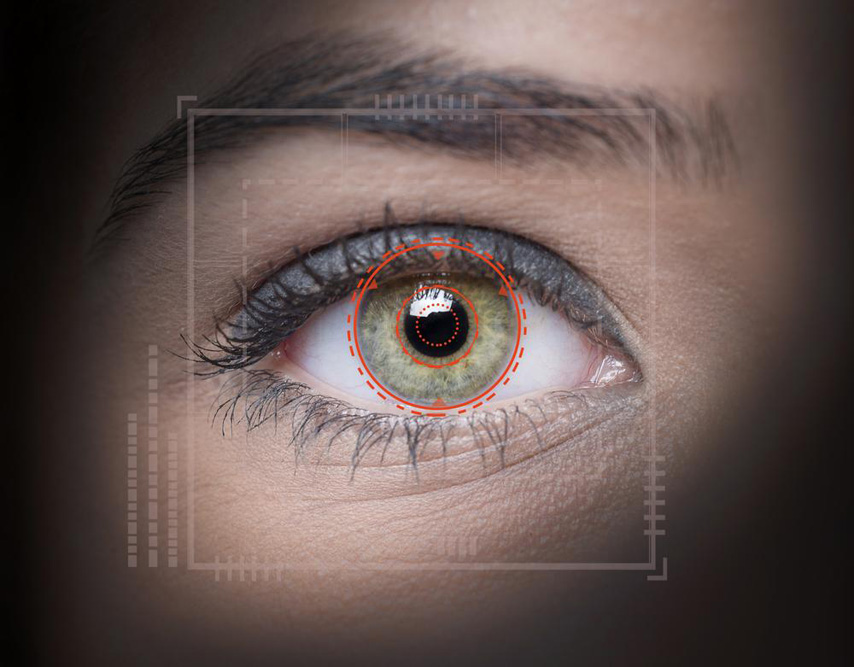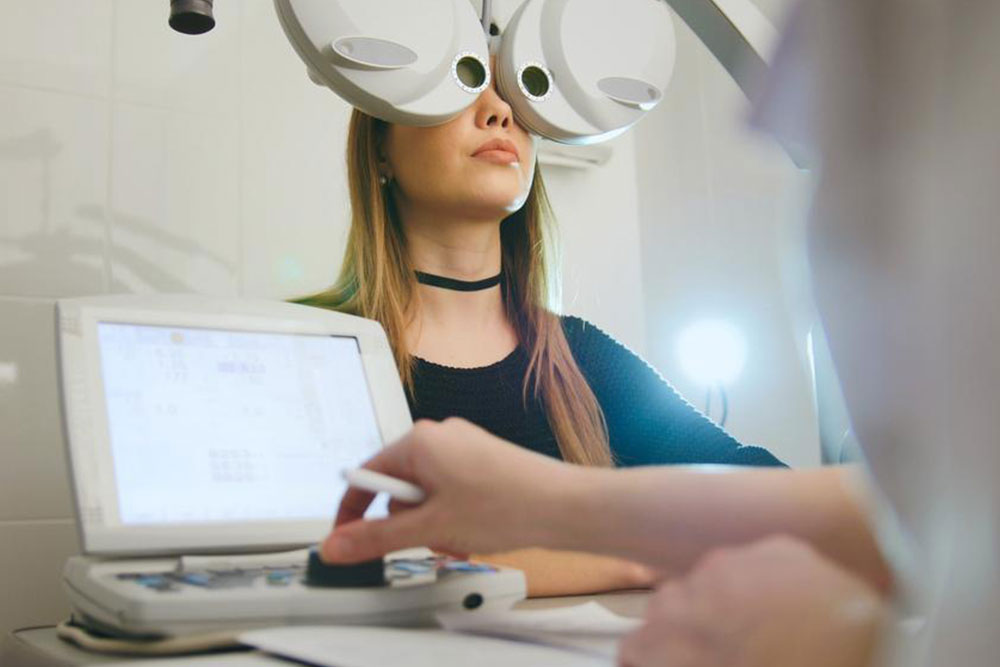Understanding the Function of the Human Retina
Discover how the retina functions as the eye's sensory layer, converting light into electrical signals for vision. Learn about its structure, including photo-sensitive cells like rods and cones, and the role of the macula in sharp vision. Essential for understanding visual processes and eye health.
Sponsored

The retina is a crucial layer inside the eye responsible for capturing visual images. It functions similarly to a digital camera sensor, converting light into electrical signals. This thin, nerve-rich membrane rests on a highly blood-supplied layer and plays a vital role in vision. Light entering the eye is focused by the lens, whose adjustments are controlled by the ciliary muscles. The retina contains millions of photo-sensitive cells, including rods for low light vision and cones for color and detail, with the central region called the macula responsible for sharp, detailed vision.
The light signals generated by the retina are transmitted through the optic nerve to the brain for processing, enabling us to interpret what we see. The eye's anatomy — including the cornea, iris, pupil, and lens — all work together to facilitate clear vision. The intricate structure of the retina, with its multiple cell layers, allows for the perception of both color and contrast, making visual clarity possible.
The retina covers about 65% of the inner eye surface and comprises three neural layers: ganglion cells, bipolar cells, and layer of light-sensitive rods and cones. The outermost layer contains pigmented epithelium which supports visual processes. Approximately 125 million rods and 6 million cones are spread across the retina; rods are highly sensitive but do not detect color, while cones enable color vision in bright light. The central area, the macula, contains the fovea — the region of highest visual acuity and color perception. Near the fovea is the blind spot, where the optic nerve exits the retina.





